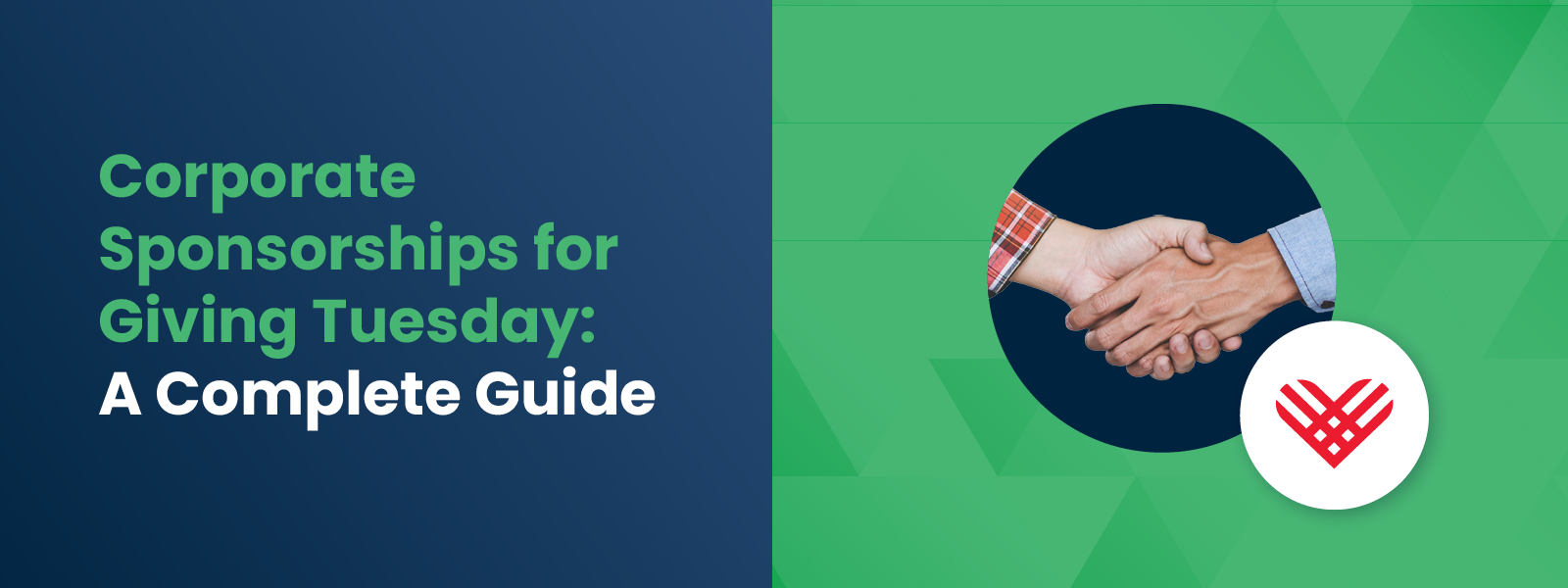
Corporate Sponsorships for Giving Tuesday: A Complete Guide
Giving Tuesday has evolved from a simple social media hashtag…
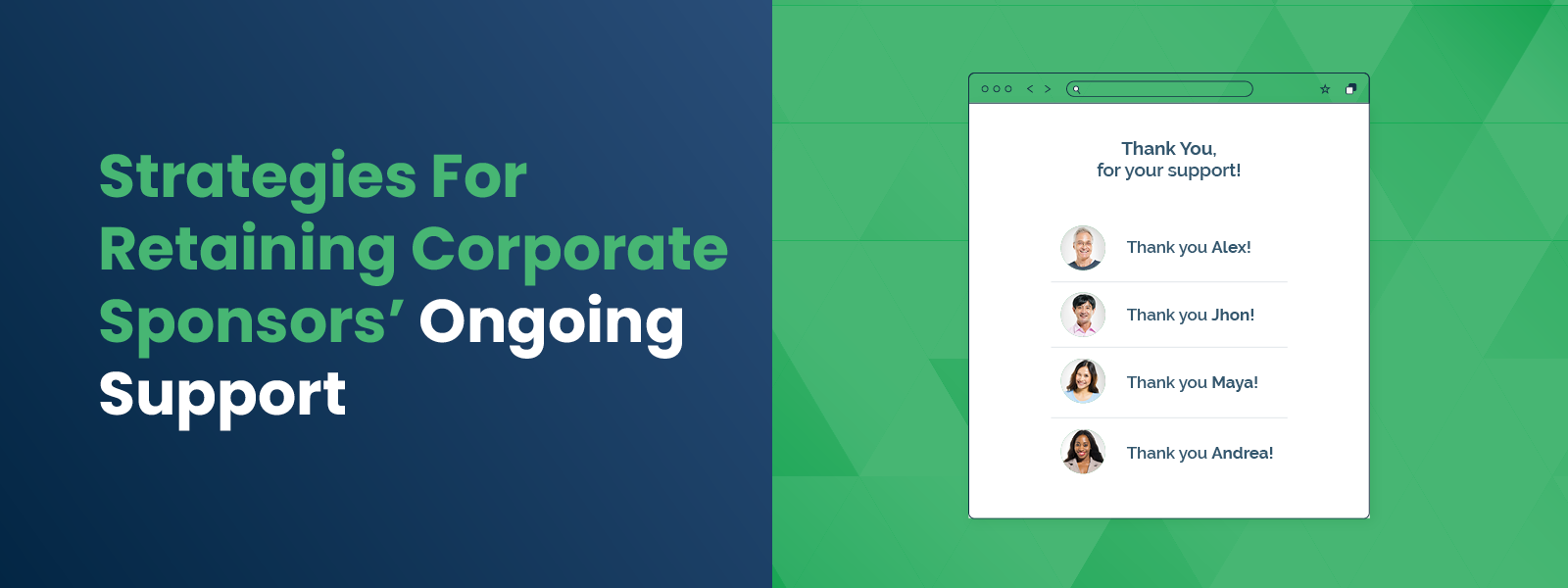
Strategies For Retaining Corporate Sponsors’ Ongoing Support
In the high-stakes world of nonprofit fundraising, landing a…
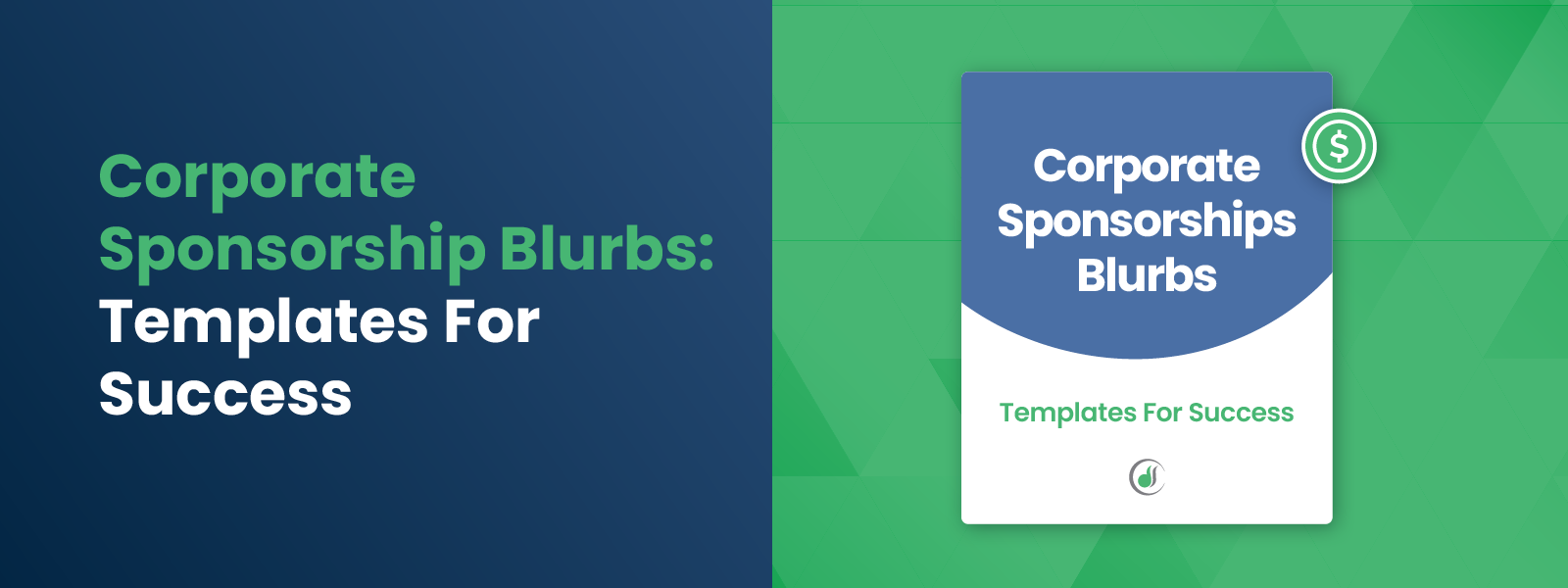
Corporate Sponsorship Blurbs: Templates For Success
In the competitive landscape of nonprofit fundraising, relying…
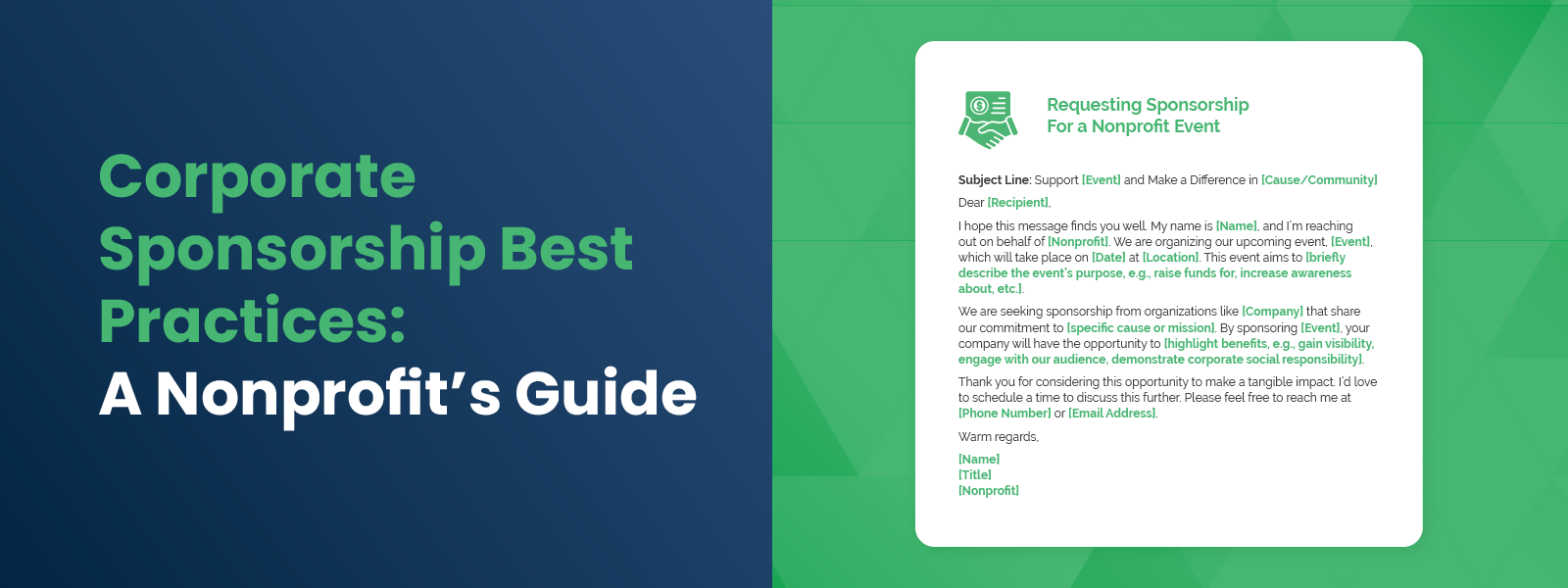
Corporate Sponsorship Best Practices: A Nonprofit’s Guide
In the modern nonprofit landscape, diversifying revenue streams…

Advocating For A Corporate Grant Program: A Nonprofit Guide
Securing reliable funding is a constant challenge for nonprofit…
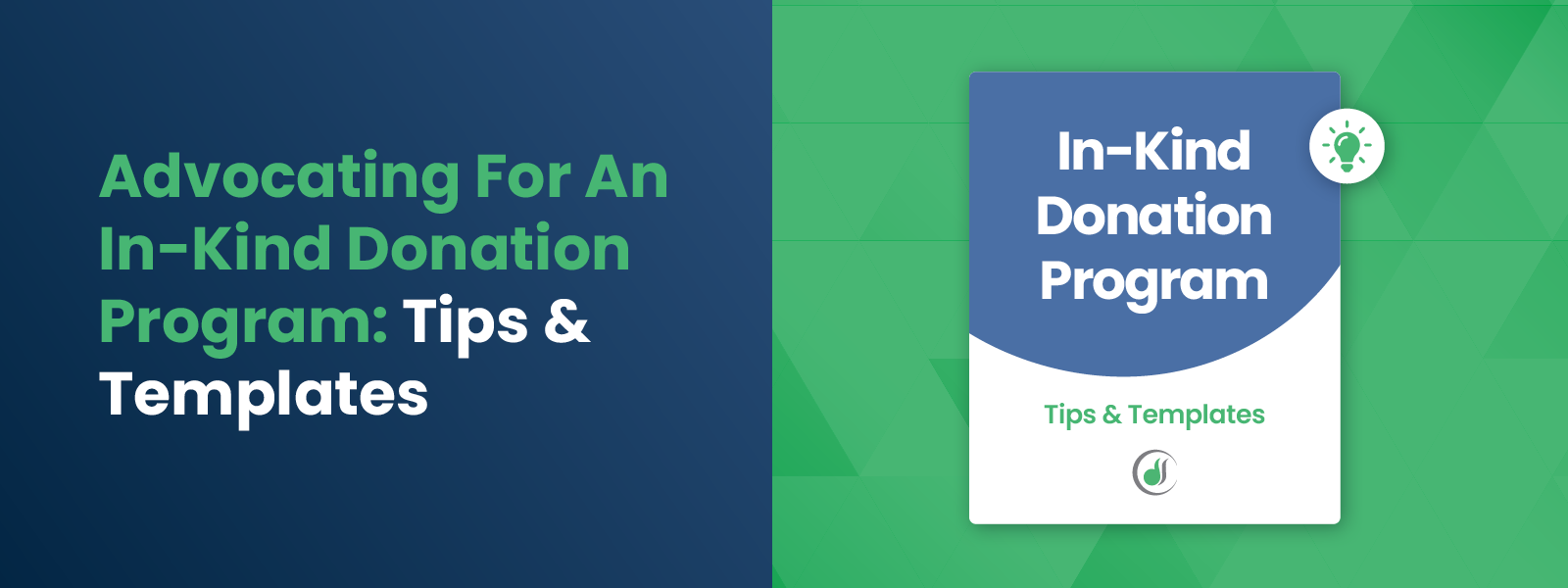
Advocating For An In-Kind Donation Program: Tips & Templates
Every nonprofit professional knows the struggle of balancing…
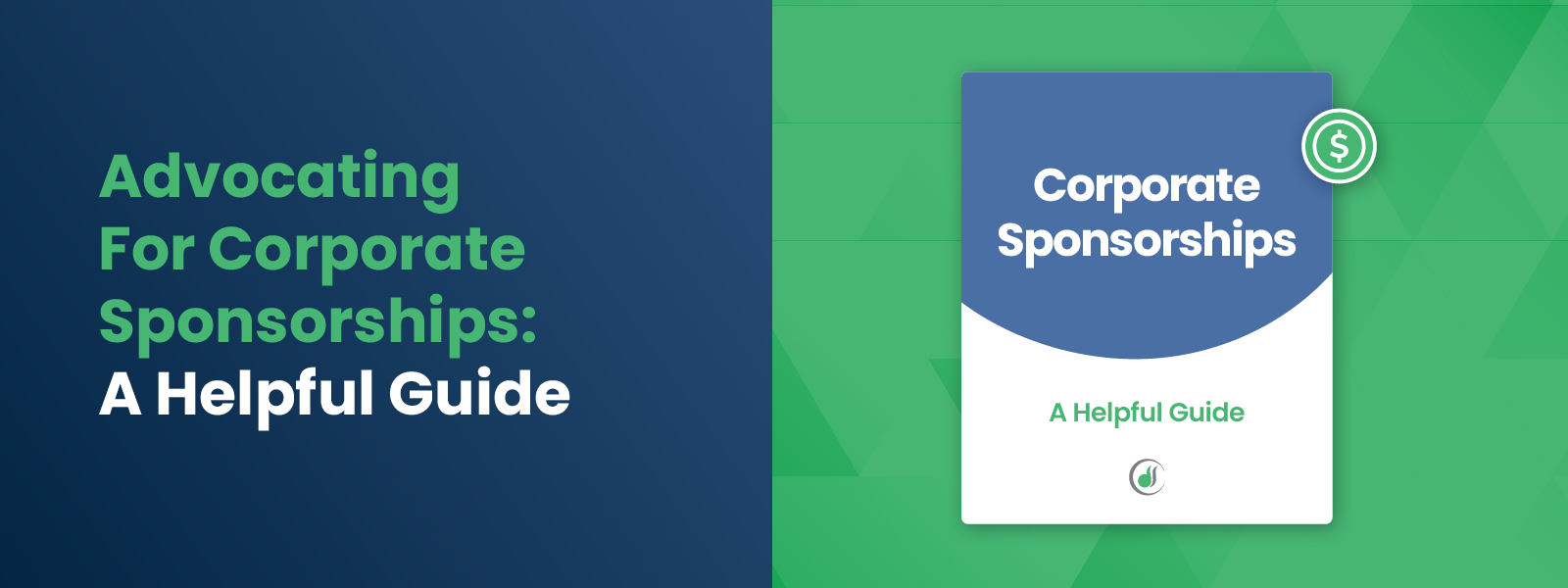
Advocating For Corporate Sponsorships: A Helpful Guide
In the competitive world of nonprofit fundraising, relying solely…
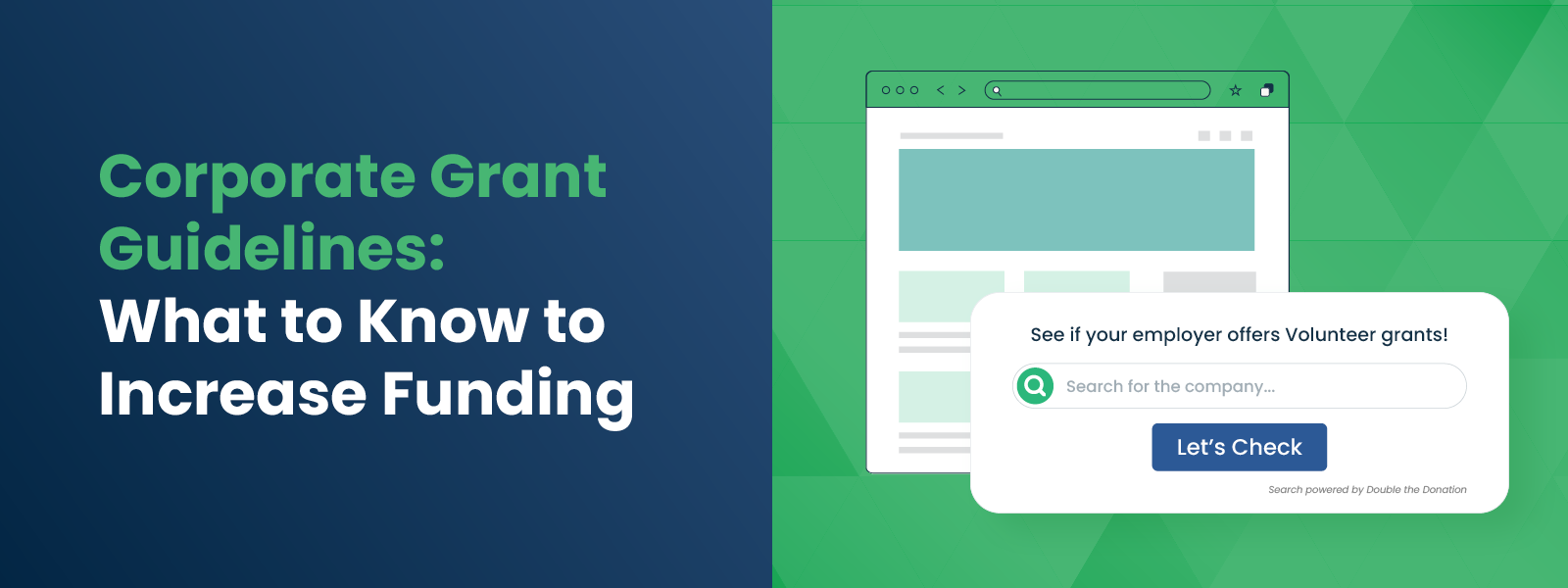
Corporate Grant Guidelines: What to Know to Increase Funding
Corporate philanthropy represents a massive, often untapped reservoir…
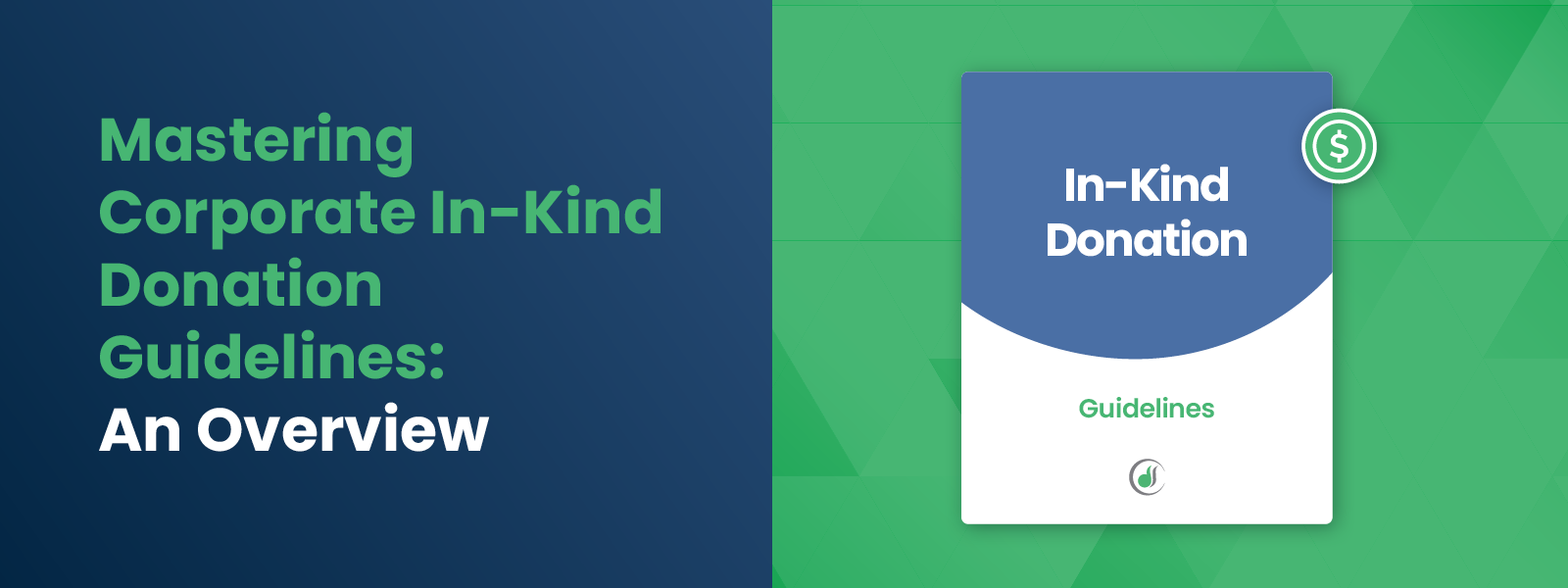
Mastering Corporate In-Kind Donation Guidelines: An Overview
In the world of corporate philanthropy, cash grants and matching…
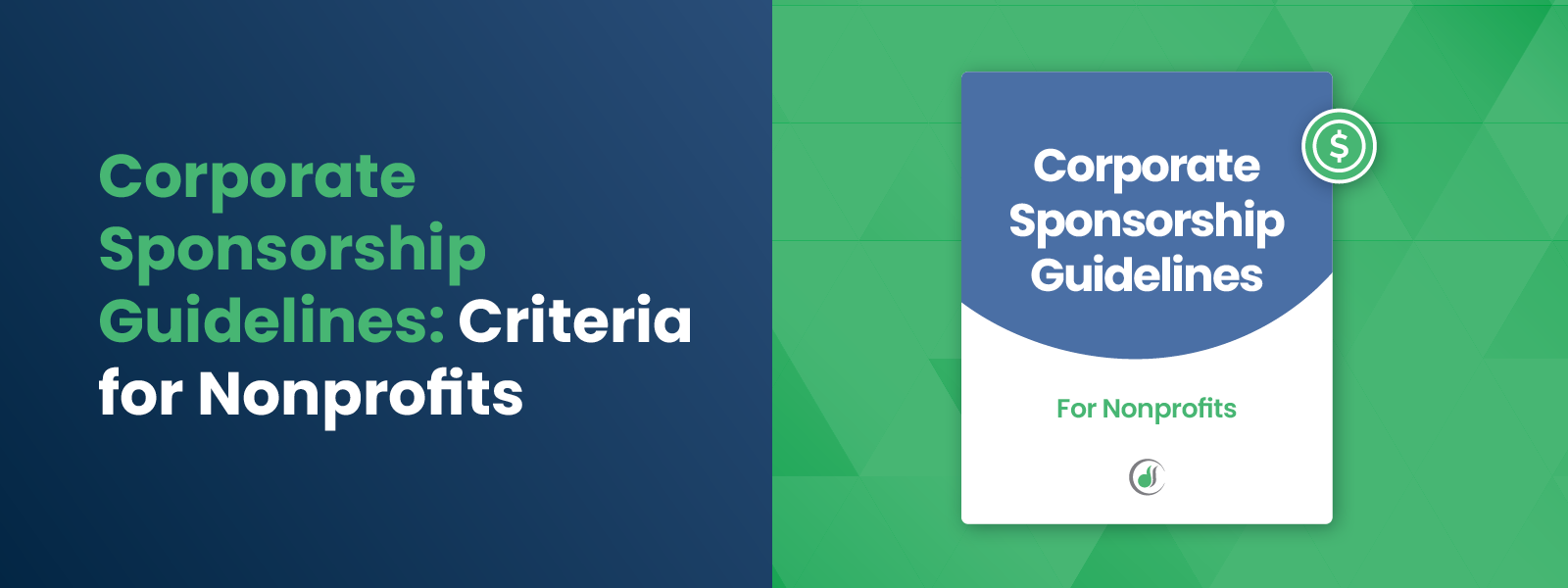
Corporate Sponsorship Guidelines: Criteria for Nonprofits
In the dynamic and competitive landscape of nonprofit fundraising,…

